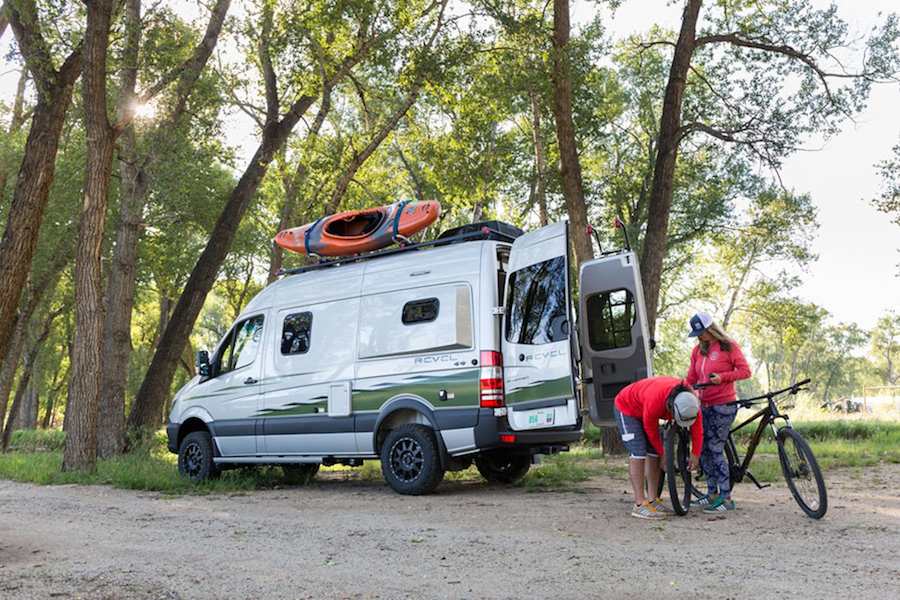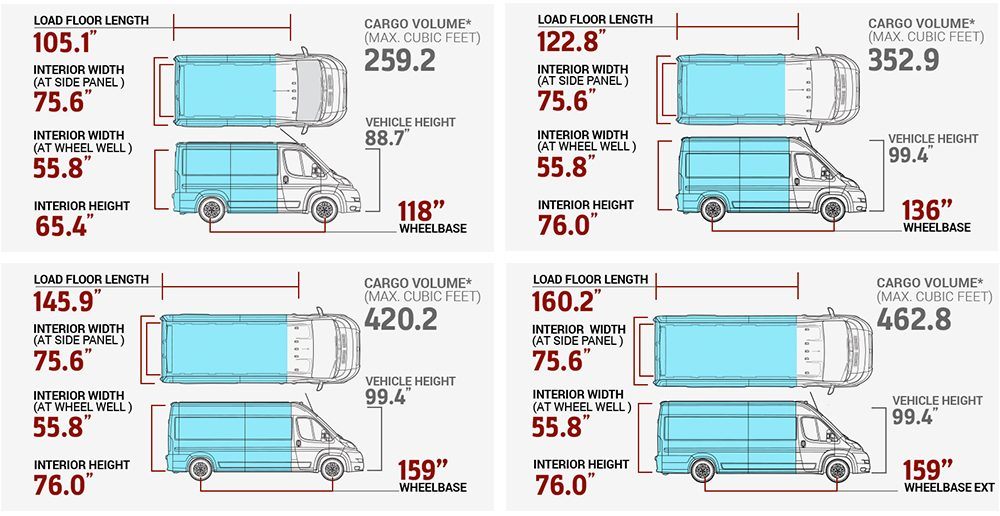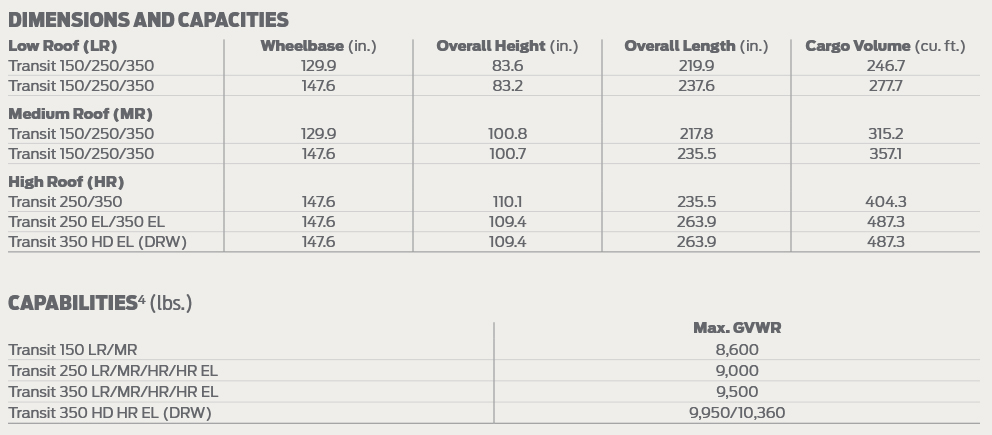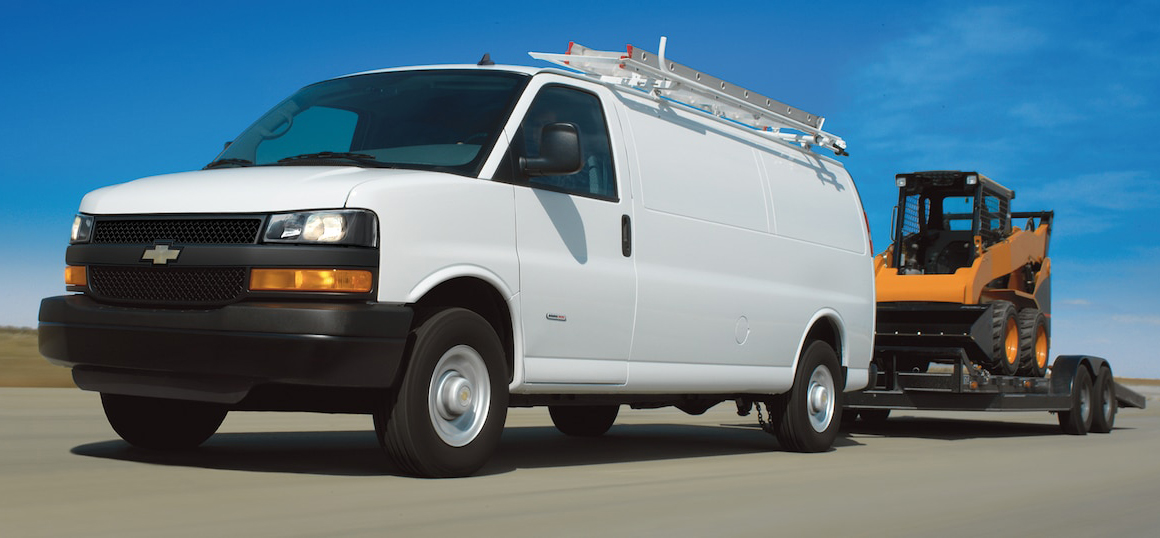You don’t have to look very far to realize that vans and cycling are quickly becoming a popular combination. A van can be the perfect mobile base camp for many cycling adventures providing both a convenient method of transport for your precious bikes, and a cozy a place to eat, sleep, change, or just hang out.
To guide you down the road to #vanlife and creating your own adventure vehicle, we’re launching this new series that’ll explore everything from vehicle selection, upgrades, gear, equipment, and the outfitters that can build your dream camper. We’re starting off here with the basics, but if there’s something you’d like us to cover, drop it in the comments below!
Let’s get this out of the way right from the start – you don’t need any specific vehicle to live the vanlife. As they say, where there’s a will there’s a way, and that rings true with any adventurer. We’ve seen it all (including Honda Fits that have been made into a camper, really!). Don’t let not having the “right” vehicle discourage your from loading up your gear and setting off for life changing adventures. But if you’re ready to make the next step towards a dedicated adventure platform, we hope this series will be a good place to start.
What should I get?
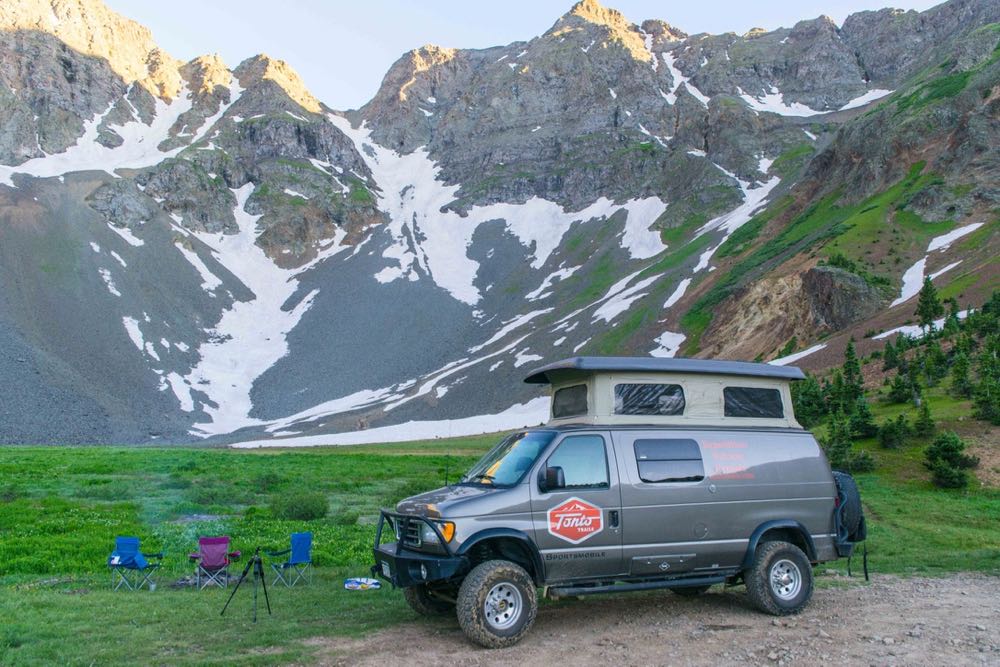
Like any great work of art, building the perfect adventure vehicle starts with a great canvas. Depending on your needs, budget, and desires, there are a number of options out there. So if you’re wondering how the Sprinter compares to a Transit, or a cargo van to a full size van, this is for you. Many of the newer full size cargo vans actually drive fairly well for a massive vehicle making it easy to get from place to place without the feeling of driving a lumbering RV. They are also fairly stealthy – there are a zillion white cargo vans out there, and this should allow you to blend in without advertising what pricey gear you might have stored inside. Since there are so many, it is possible to find them affordably, if you don’t mind one with high mileage and a few scars.
Of course, one of the biggest reasons is the amount of space that can be had inside. If you opt for a medium or high roof, it will allow most passengers to stand completely upright inside while also allowing for creative interior management like putting a bed over a bicycle storage area.
Full Size Cargo Vans
When it comes to new full size cargo vans (here in the U.S.), we have basically four options – (Dodge) Ram Promaster, Ford Transit, Mercedes-Benz Sprinter, and the Nissan NV. There are a few other options which can be found on the used market (Freightliner and Dodge Sprinter, etc.) but for the sake of this article we’ll focus on what’s currently available for sale.
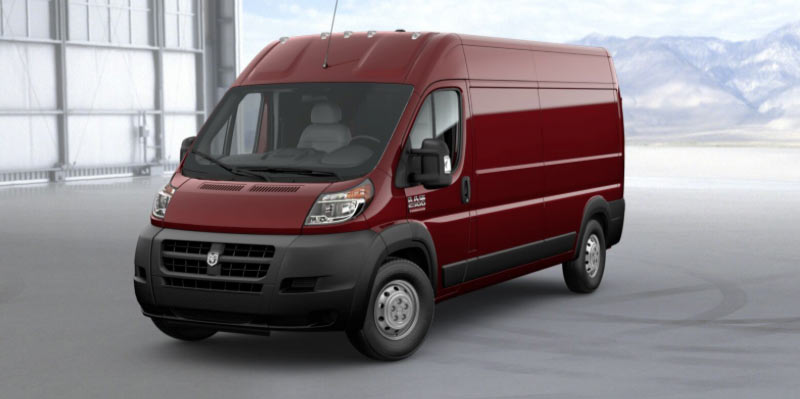
Ram Promaster (Fiat Ducato)
This particular van goes by a number of different names (Citroen Jumper, Peugot Boxer), but here in the States it’s known as the Ram Promaster. While they had offered their own version of the Mercedes Sprinter starting in 2003, the Fiat based Ram ProMaster was introduced to the U.S. in 2013. A relative newcomer in the world of cargo vans for Americans, the platform actually dates back to 1981. One major feature that sets it apart from other full size cargo vans is the fact that it is only available in FWD (Front Wheel Drive). Because of the driveline layout, the van has one of the best turning diameters in the business.
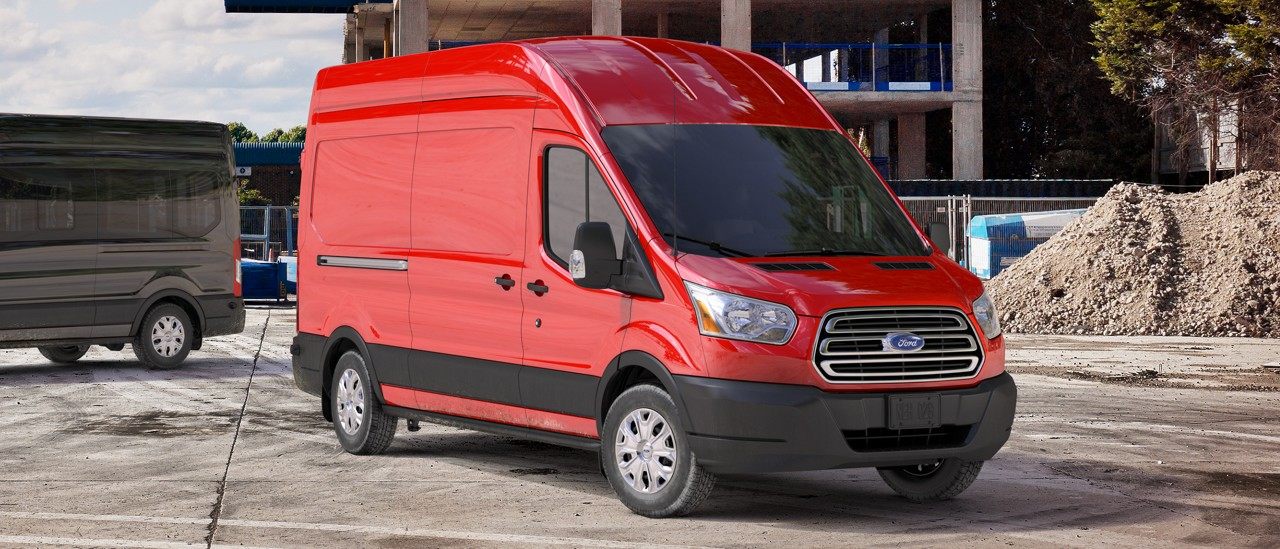
Ford Transit
Another van that has a long history globally, but is fairly new in the U.S. is the Ford Transit. Technically, the platform has been in production since 1965, but it wasn’t until 2013 when the Transit line replaced the Ford E-Series stateside. The version we know in the United States is the fourth generation and is quickly becoming one of the most popular full size vans in its class. With three engines to choose from, and multiple body and wheelbase options, the Transit is highly customizable.

Mercedes-Benz Sprinter
Long considered the gold standard of cargo vans for the van life, the Mercedes-Benz Sprinter has gained a lot of competition here in the U.S. over the past few years. We’ll be covering the current 2017 Sprinter here, but Mercedes has already announced the 2018 version which will come out this fall. The new version will include a number of improvements, the option of a gasoline engine, a FWD version (that won’t be coming to the U.S.), and promises of lower starting prices and reduced maintenance costs. However, even in the current configuration the Sprinter is the only full size cargo van currently offered from the factory with a 4×4 option.
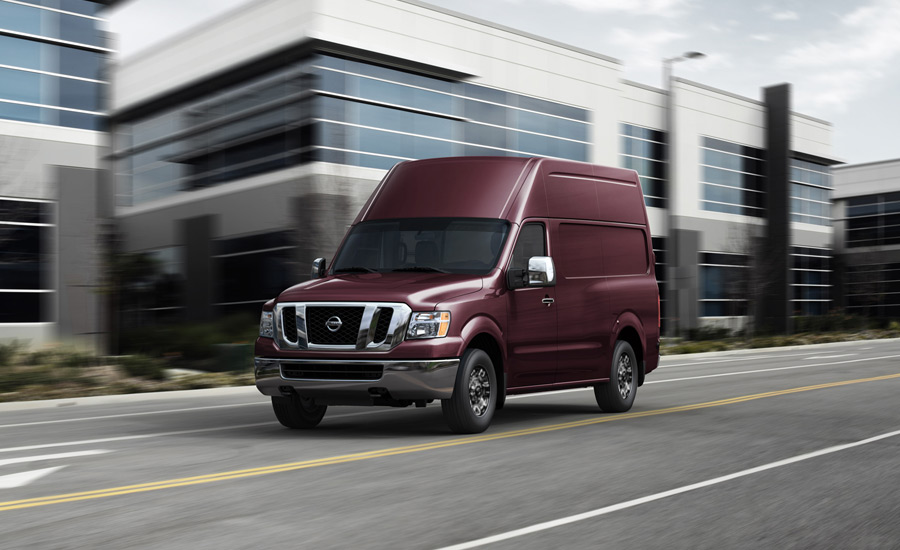
Nissan NV Passenger/Cargo
The Nissan NV might not be the most popular option for the van life, but that doesn’t mean it should be overlooked. Out of the four, this is the only van to be offered with a V8 (which beats the EcoBoost engine on horsepower by 65, but loses in torque). It also comes standard with 120v outlets in the center console and at the back door, a fully boxed frame, and a few additional creature comforts up front that other vans don’t seem to have. However, the NV passenger van is not available in the high roof, so seating options will be limited if you want the additional head room (more on this in a later post).
Full Size Vans & Minivans
Long the popular option for an overlanding, dirtbag climbers or family hauler, the full size van is still a legit option for living the #vanlife. They also have far less room than the Sprinter-style vans, which means fewer bikes and friends, and you probably won’t be able to stand upright. And if you’re going really cheap, you’ll probably (definitely) want to rip out the old carpet and upholstery, because, well, who knows what’s happened in there.
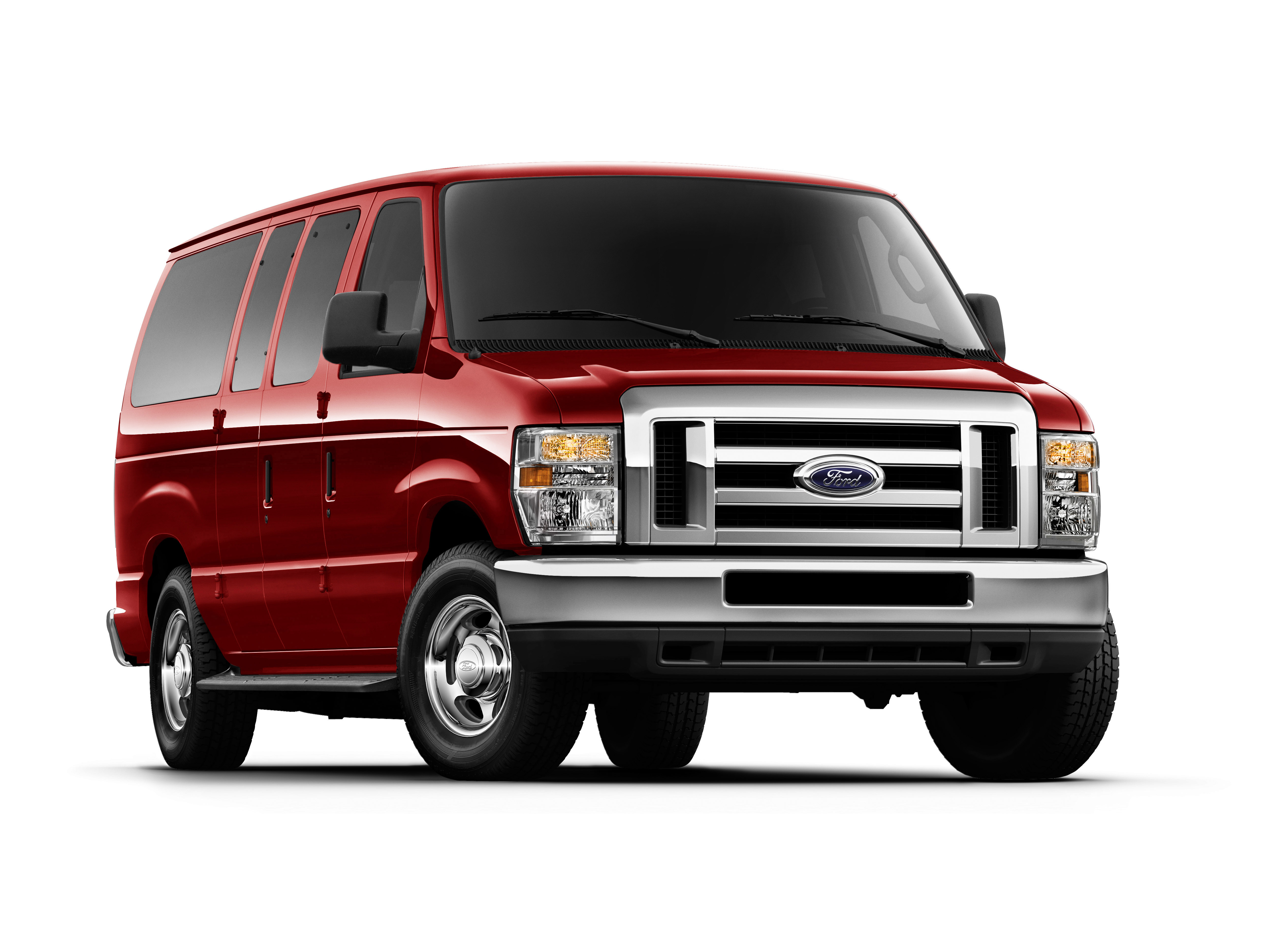
Ford E-Series
One of the most popular models is the Ford E-Series, but you’ll have to find one used – unless you’re planning to build your own body. Since 2015 Ford only offers these as cab-only chassis ready for work-truck or RV conversions.
The upside, as with the Transit models, is they can be serviced just about anywhere. Ford’s V8 engines also have a good history of dependability. And you can probably find these vans cheap. There are tons of parts, options and expertise on how to turn them into an adventure van. Maybe one of the best upsides, if you’re buying a used conversion van, are the big, cushy captains chairs you’ll probably find in the first and second rows. The downside is these vans are heavy, they handle as such, and those V8 and V10 engines guzzle gas (but the V6 might not cut it on power)
Chevy Express
Like the Ford E-series, the Chevy Express (and GMC Savana) have been around forever. Unlike the E-Series, Chevy is still selling these. However, with starting prices that rival the most expensive full size cargo vans, you’ll probably be looking for a used van if you’re considering the Express. Which is fine, because used examples are everywhere. Currently available with a 6.0L Vortec V8, or a Duramax 2.8L Turbo Diesel I-4 engine, the vans also include an 8 speed automatic transmission.
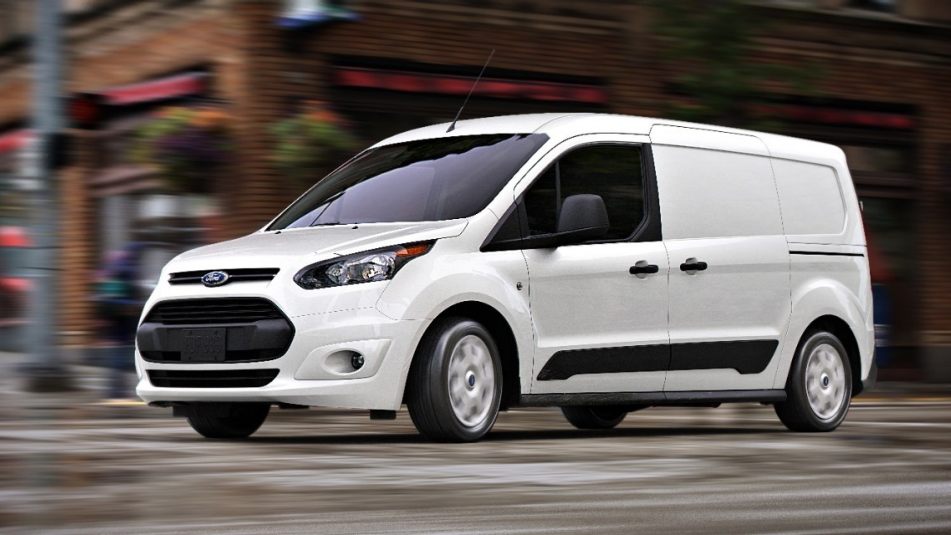
Minivans
New or old, there are too many options in this category to list specs for all. That’s particularly true if you consider the new crop of mini-cargo vans like the Ford Transit Connect, Mercedes-Benz Metris, Nissan NV 200, and Ram Promaster City. Obviously, you’re giving up a lot in terms of interior space, but if you’re wondering “Can I turn my minivan into an adventure vehicle or camper van?” there are some compelling reasons to accept the tradeoffs. Those include much better gas mileage, improved creature comforts as standard equipment, and car-like driving. Just realize that there are very limited aftermarket upgrades for converting these to an adventure van, so you’ll mostly be DIY’ing it.
But, if you already have a mini-van, it can be a great place to start. but the Toyota Sienna and Honda Odyssey have been market leaders for more than a decade, but there are options from Nissan, Ford, Chevy and Kia, too. Like the Honda Element, if you remove the back seats and build your own platform bed, the vehicles will be surprisingly useful given their small size.
More?
Got a favorite adventure vehicle that we missed? Something that we should cover in the future? Let us know below.
